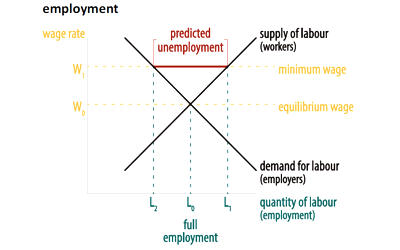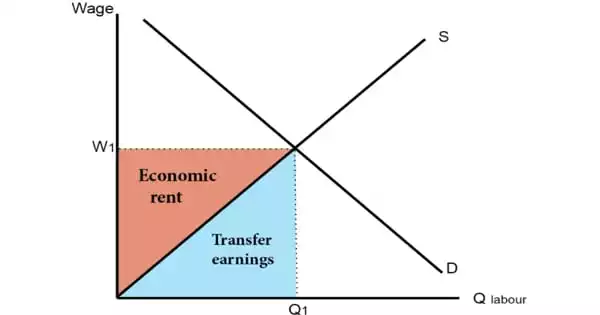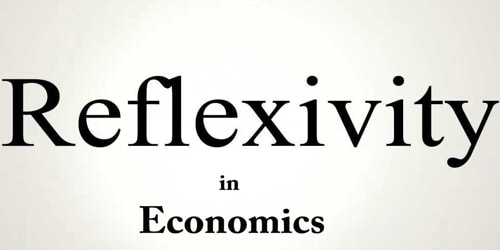Full employment is the condition in which virtually all who are able and willing to work are employed. It is a situation in which there is no cyclical or deficient-demand unemployment. It does not entail the disappearance of all unemployment, as other kinds of unemployment, namely structural and frictional may remain. It embodies the highest amount of skilled and unskilled labor that can be employed within an economy at any given time.
An economy with full employment might also have unemployment or underemployment where part-time workers cannot find jobs appropriate to their skill level, as such unemployment is considered structural rather than cyclical. It is a theoretical goal for economic policymakers to aim for rather than an actually observed state of the economy. It marks the point past which Keynesian economics government policy cannot reduce unemployment any further. In practical terms, economists can define various levels of full employment that are associated with low but non-zero rates of unemployment.
Full employment of labor is one component of an economy that is operating at its full productive potential and producing at a point along its production possibilities frontier. Some economists define full employment somewhat differently, as the unemployment rate at which inflation does not continuously increase. In economics, It does not mean 100 percent of the labor force is working. Rather, full employment refers to a state in which everyone who is able to work and wants to work can find a job at prevailing wages for their occupations.

Relation Between Wages And Employment
An economy is at full employment when there is no cyclical unemployment, such as workers who are jobless because of a recession. Advocacy of avoiding accelerating inflation is based on a theory centered on the concept of the Non-Accelerating Inflation Rate of Unemployment (NAIRU), and those who hold it usually mean NAIRU when speaking of full employment. The NAIRU has also been described by Milton Friedman, among others, as the “natural” rate of unemployment. To be classified as unemployed you would need to be actively seeking work. This does not mean every one of working age is in employment.
There is no one agreed definition of full employment, and different economists include or exclude different sub-categories of ‘joblessness’. For the United States, economist William T. Dickens found that the full-employment unemployment rate varied a lot over time but equaled about 5.5 percent of the civilian labor force during the 2000s. Recently, economists have emphasized the idea that full employment represents a “range” of possible unemployment rates. For example, some definitions of full employment exclude those who are not actively seeking work as well as those unable to work and changing jobs. The concept of full employment of labor corresponds to the concept of potential output or potential real GDP and the long-run aggregate supply (LRAS) curve.
















